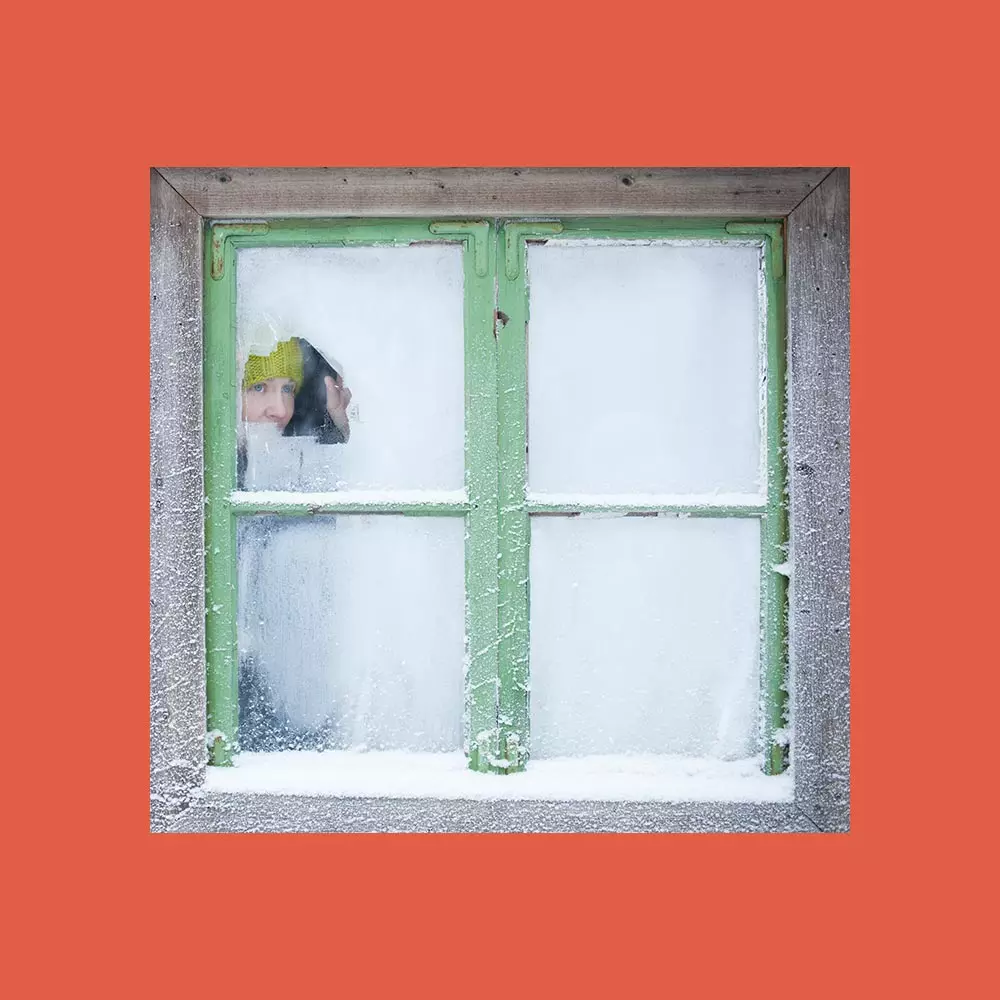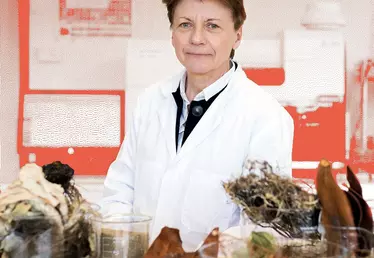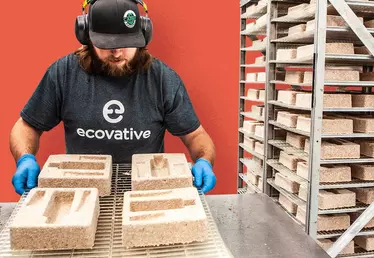

Hero banner custom title
How can you minimize indoor air pollution this winter?
2 min
Discover our tips!
People often talk about smog outdoors while ignoring rampant pollution in indoor settings. This is despite the fact they spend as much as 85% of their time in enclosed spaces like offices and homes – especially in winter, when 90% of pollution peaks occur on average. Hence the need to review a few precautions.
The first piece of advice is to ventilate in the early morning and late in the evening for at least 15 minutes, even if it’s very cold outside. To ensure good air circulation, it’s essential that vents be cleaned regularly. Otherwise, humidity inside can be controlled with the help of a hygrometer. It should be around 40-60%, with the temperature maintained between 18 and 20 degrees Celsius.
People with fireplaces should take extra care due to all the fine particles emitted by a fire. Piling on too much wood is not advisable, with the best idea being to only add new logs when flames disappear. Wood needs to be dry as well and chimneys swept regularly. Above all, treated wood and household waste should never be burned because of the toxic substances they emit.
Winter is also not a good time for decorating (painting; floor or wall lining; using varnishes or glue, etc.). All these activities cause chemical emissions that can last several days. When painting pictures, for instance, it is recommended to leave the windows open for at least three days for a A+ painting and for up to a month for one rated C.
Lastly, improving indoor air quality means that certain other products should simply be off limits. These include sprays, aerosols and many if not most kinds of scents (like incense and deodorants).











